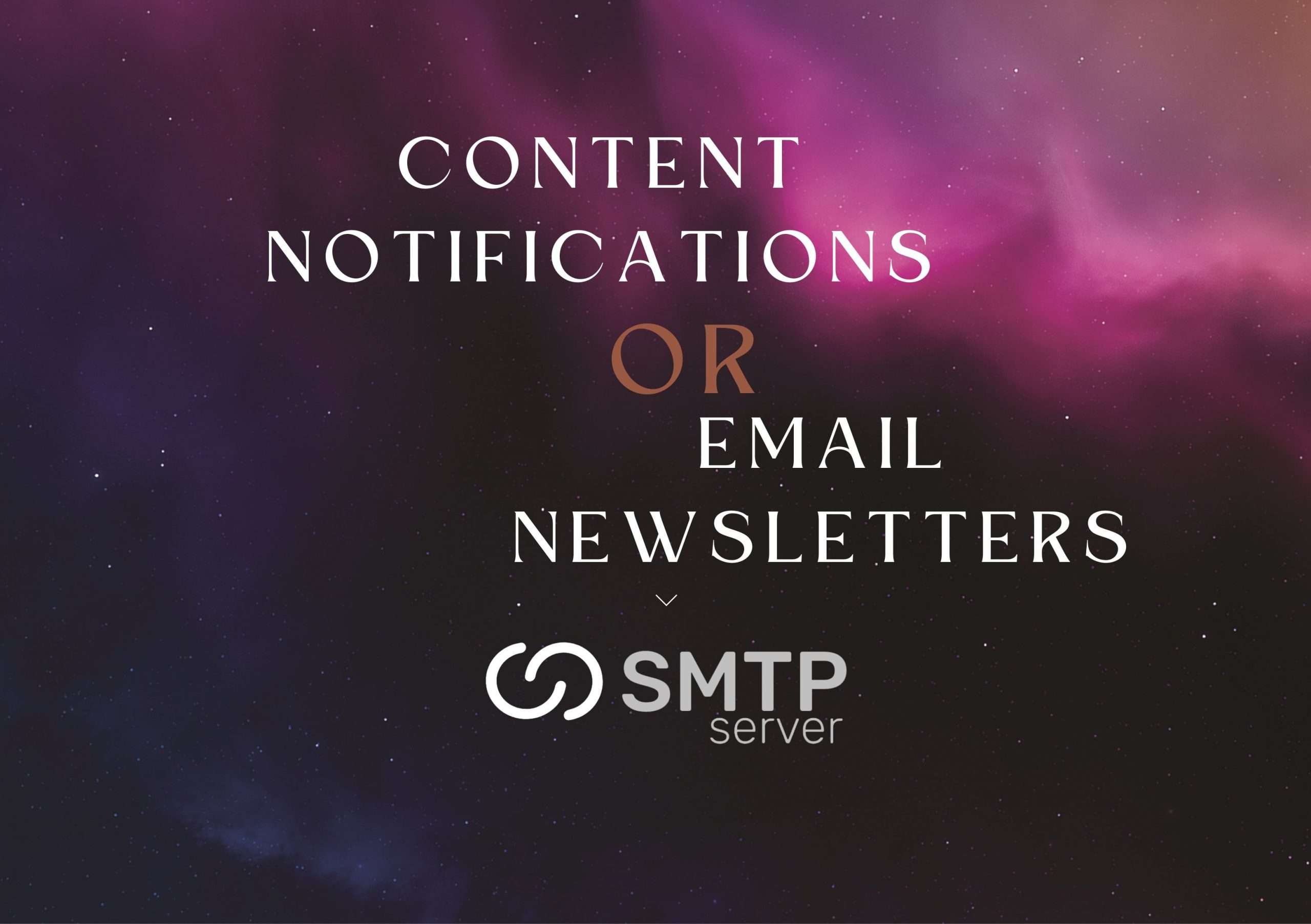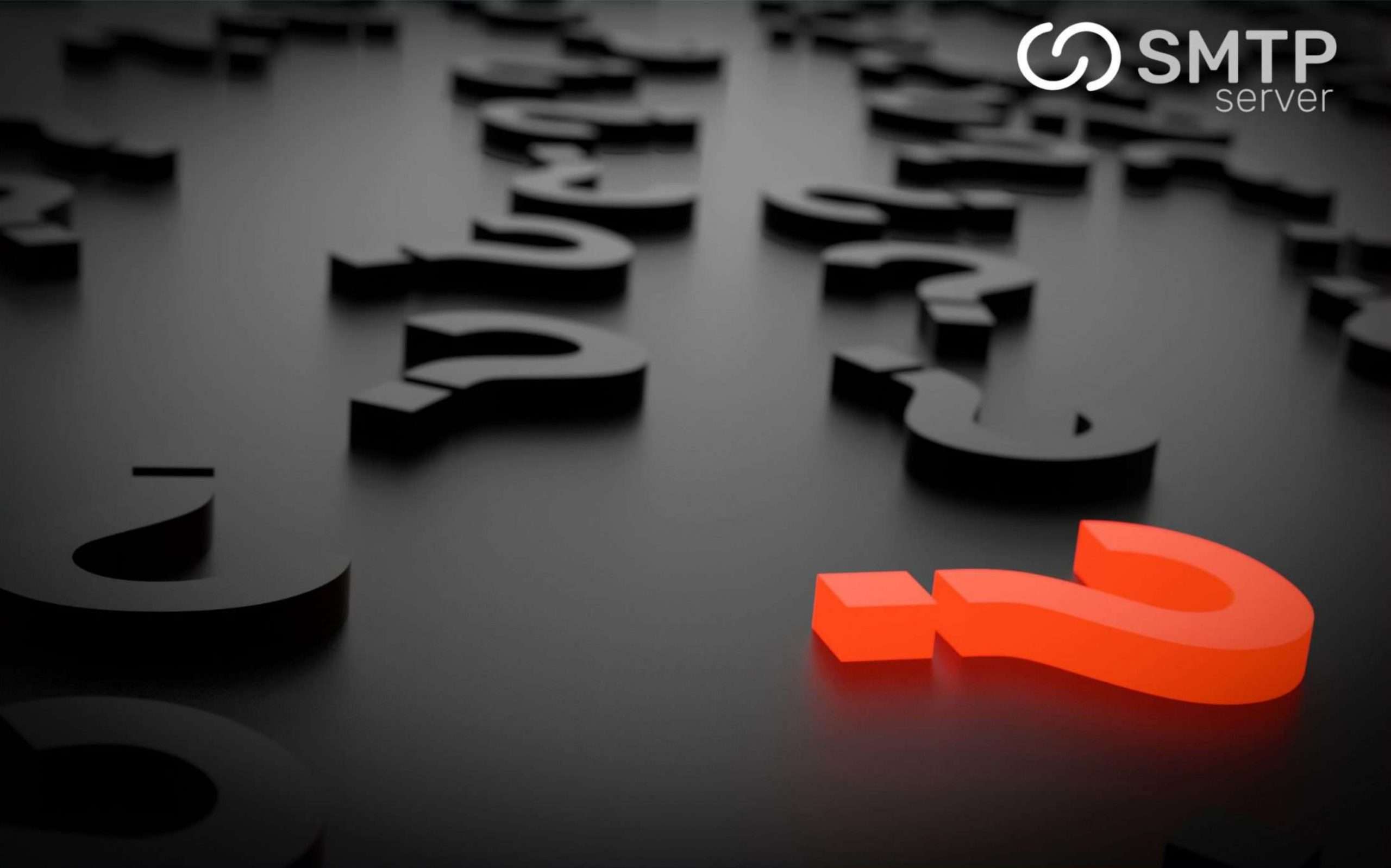19,992 total views, 5 views today
Since July 2022, the number of SMTPServer listings on Spamhaus has significantly increased, as has the number of listings for other email senders. The number of listings on SMTPServer has increased by 99% on average every month. These lists are for email senders who display traits related to sending an unsolicited or unwelcome email.
Since the listings are primarily informative, they are not currently configured to block mail; however, Spamhaus has the option to update these entries to do so. In order to maintain a positive reputation, it’s crucial to address these informational postings. The vast majority of the senders with whom we have dealt with these situations have the greatest of intentions, however, they transmit to a lot of outdated, inactive addresses.
Spamhaus listings are caused by certain email-sending patterns
In order to spot and highlight unethical sending behaviours across the whole email ecosystem, Spamhaus keeps track of vast networks of spam trap addresses. They keep an eye out for spamming, phishing, and other bad sending practises and report them, allowing mailbox providers to block or respond to your emails.
The objective of Spamhaus includes educating senders about their unethical behaviour and providing mailbox providers with a trustworthy method to detect these senders so they can lessen the impact on receivers. A sender is likely listed if they are sending to addresses that either did not sign up for these emails or are sending to older addresses that have not interacted with their emails in a long time because these new advisory listings are for spamming practises.
Spamhaus has stated that nothing regarding what results in a listing has changed, but given the rise in listings, it is likely that some type of automation has been used to help produce these informative listings.
It’s anticipated that Spamhaus will keep improving and creating new tools to detect and keep an eye on bad sending habits. The comment from Spamhaus regarding the rise in listings can be seen here.
How to remove Spamhaus listings and avoid them
Blocklist operators regularly endeavour to keep on top of the curve and lessen the impact of negative actors on the email ecosystem as the email landscape is constantly changing. SendGrid advises a number of best practises for email senders to follow in order to keep their email programmes healthy and lower their risk of being added to one of these lists.
-
Introduce confirmed opt-in
A confirmed opt-in method makes sure that you are only sending emails to recipients who have specifically requested them. When someone signs up, send them an email asking them to confirm that they would like to receive future emails from you.
Send an email that serves as both a greeting and a confirmation. It’s a fantastic approach to explain the kinds of emails and advantages your prospective subscribers and clients may expect.
This is also a wonderful moment to give recipients control over how frequently they get your newsletters or promotions by letting them customise their email preferences.
-
Introduce a sunset clause
A sunset policy is a technique for getting rid of recipients who stop responding to your emails after a predetermined period of time. We advise a strategy where you gradually send fewer messages to an address until you eventually sunset (delete) it entirely.
Sending to an address that hasn’t opened or clicked on any of your emails in the previous six months is never something we urge senders to do. You run a larger risk of transmitting it to a spam trap if you send it after six months. People often receive 100 emails every day, so it’s not surprising that some of them start to unsubscribe from newsletters they receive far too frequently.
You want your recipients to anticipate receiving your mail and value the information you send them. It’s time to start monitoring the engagement rates of your recipients and learn to let go of clients who haven’t clicked or opened in a while. Find out more about raising email engagement rates.
-
Conduct a campaign for confirmation
We advise you to send an email to your whole list (or, at the absolute least, to the addresses on your list that haven’t interacted for a significant amount of time) after implementing the confirmed opt-in and sunset policies to ask your subscribers to confirm that they still want to receive your emails.
This can lessen the likelihood that you will transmit to a trap address. When combined with a strong sunsetting policy, confirmed opt-in, and this approach, your email programme may be maintained effectively and you are almost certain to stay off Spamhaus’ blacklist.
Implementing optimal methods to increase email delivery
The terrible conduct has been going on for a time, as evidenced by the sending issues Spamhaus is witnessing as well as the reporting ones. Action should be taken on listings, not ignored. If senders are showing intentions of implementing best practises, Spamhaus is typically able and ready to assist. Senders have the toolset at their disposal to get delisted.
By taking action to address these problems across the entire subscriber base, it is likely that all mailbox providers will see an improvement in deliverability. This will have additional advantages such as higher engagement through targeted sends to previously engaged users, a decrease in sends to stale addresses that have not demonstrated engagement, and higher inbox placement.
It can be difficult to put best practises into practise and to comprehend how your email programme is different.
To analyse your email programme and choose the best techniques to apply, we advise working with the email deliverability services team at SMTPServer. They have the knowledge to assist you in choosing the best line of action to increase deliverability because every email programme is unique.





